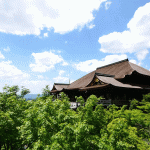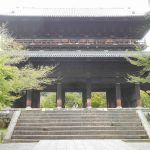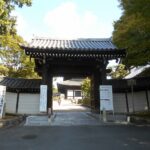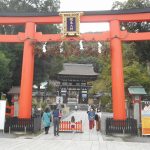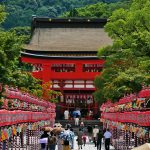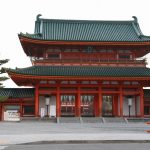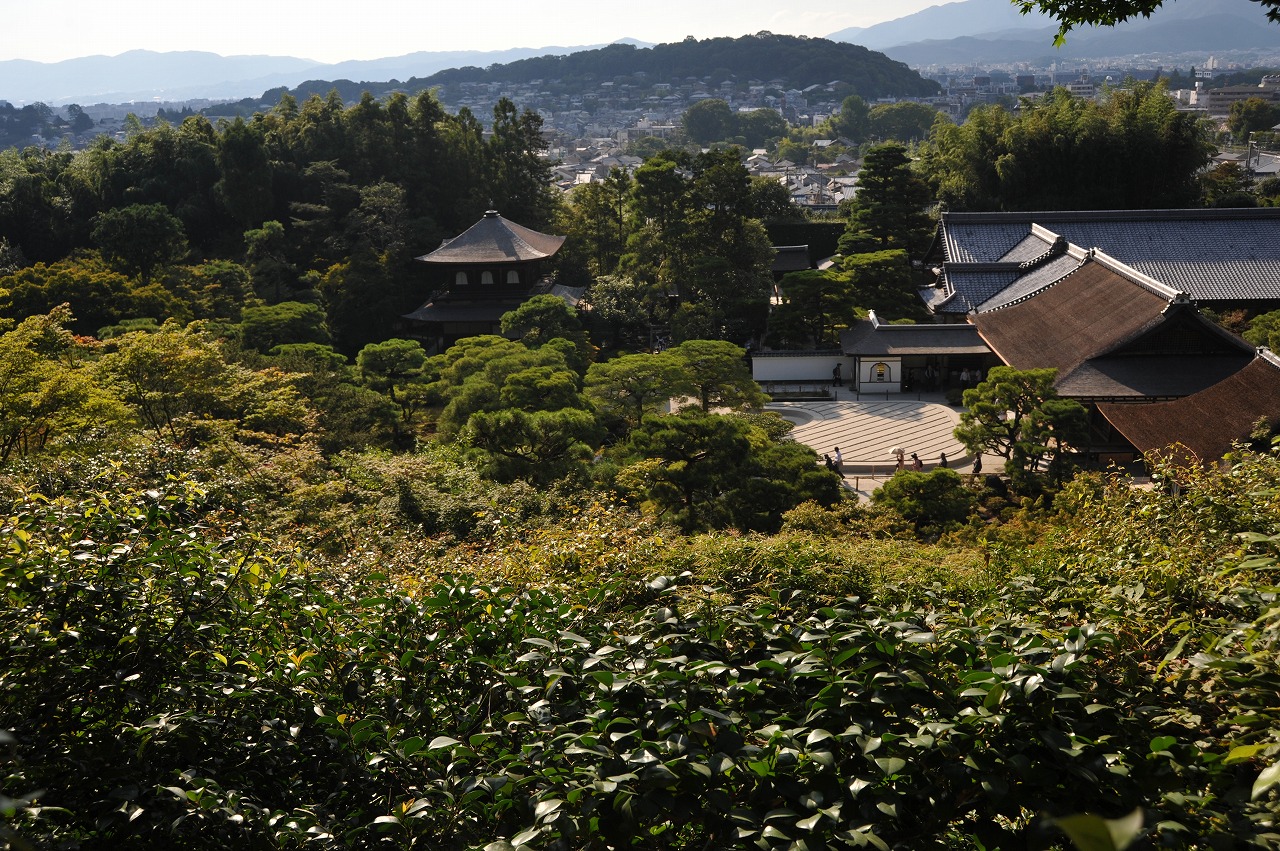
ページの目次
Ginaku-ji Temple(銀閣寺)
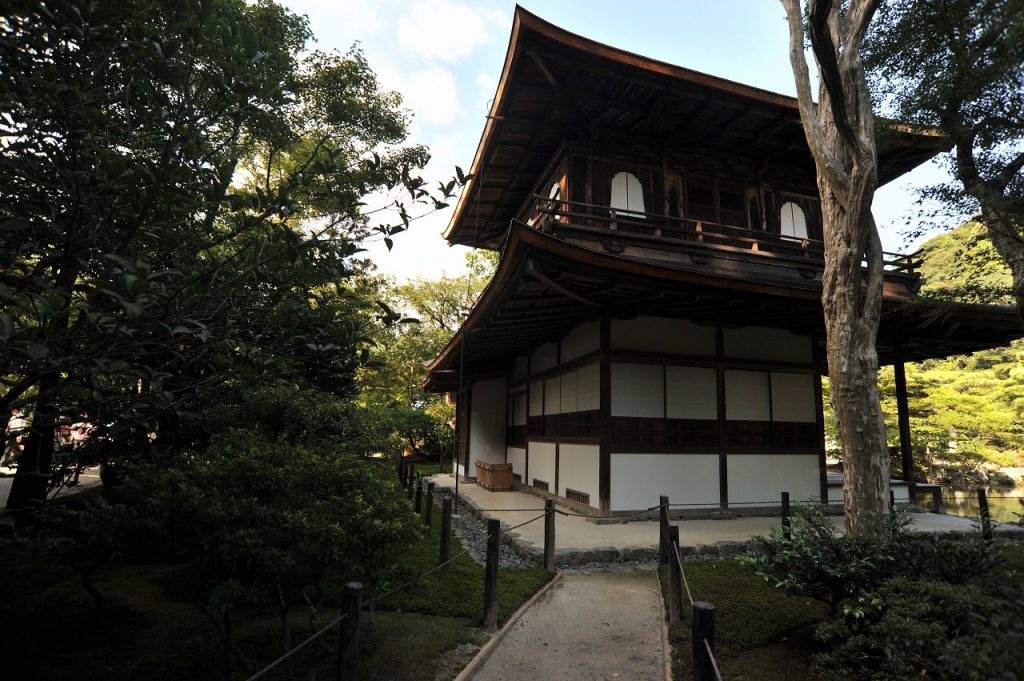
1. Location-Access
It is located at the foot of the corner of north-east of Kyoto in Higashiyama area.
Ginaku-ji-mae bus stop station,city bus 204,5 is closest.
(京都の南東の隅で東山地区に位置し、市バス204、5で銀閣寺道前が近い。)
2. Who was built this temple?
Ginaku-ji Temple was built by Ashikaga Yoshimasa who was is 8th shogun of the Muromachi shogunate in 1482 for his retirement.. The silver Pavilion was modeled after Kinkau-ji is officially named “Jishou-ji” .
(銀閣寺は室町幕府3代将軍の足利義政によって1482年建てられた。
銀閣寺は金閣寺の模倣であり、正式には、慈照寺という。)
3. What is this temple famous for ?
1) The modest appearance of Ginkaku-ji and the beautiful sand garden represent traditional Japanese beauty of “Wabi-sabi”. (銀閣寺の質素な外観と美しい砂の庭園は、日本の伝統的な美意識である 「わび、さび」を表している。)
2) You can sense “Wabi-sabi” in Ginaku-ji.”
Wabi-sabi represents beauty in simplicity and serenity.
(銀閣寺では「わび、さび」を感じることができる。「わび、さび」は簡素や静寂の中にある美しさを表す。)
3) Ginaku-ji is a zen temple that symbolizes the Higashiyama Culture of the Muromachi Period.
(銀閣寺は室町時代の東山文化を象徴する禅寺である。)
4. What is highlight of Kannonden?
観音殿 Silver Pavilion
1) The appearance of Ginkau-ji is not silver. Kinkaku-ji is flashy,but Gankau-ji is modest.
(銀閣寺の外観は銀色ではない。金閣寺は派手だが、銀閣寺は質素である。)
2) Kannon is the two-storied pavilion.
1st floor is called “Shikuden” with housing style. 2nd floor is called “Chonin “ with Buddhist temple of Zen Buddhism.
(観音殿は2階構造である。1階は心空殿と呼ばれる住宅風造り、2階は潮音閣と呼ばれる禅宗の仏堂である。)
Chisen Kaiyu style garden “池泉回遊式庭園”
1) The Chisen Kaiyu style garden is centered around the Kinkyo-chid pond. (circuit style garden) .
(池泉回遊式庭園は錦鏡池を中心である。)
2) The garden features white sand waves and two unique sand piles.
(この庭の見どころは、白い砂の波模様と二つの円錐状の山である。)
3) Kogetsudai (Moon Mound) and Ginsyadan (Sea Silver sand), which were made to reflect moonlight s and shine Ginaku-ji.
(向月台(積み上げた山)と銀砂灘(白砂の海)が月の光を反射し、銀閣寺を照らす。)
4) They were renovated in early Edo Period.
(これらは、江戸時代初期に改修された。)
“Togyudo Tea Ceremony” “東求堂茶室”
1) The Togyudo was built as a Buddhist temple and has the oldest room inside, Dojinsai.
(東求堂は義政の持仏堂として作られ、内部に最古の茶室、同仁斉がある。)
2) Dojinsai is the original form of Shoin construction and produced the Higashiyama Culture such as tea ceremony and flower arrangement.
(同仁斉は書院造りの原形で、茶道や華道など東山文化を生み出した。
5 Was made a World Heritage Site in 1994.
Was made a World Heritage Site in 1994.
(1994年に世界遺産に登録された。)
